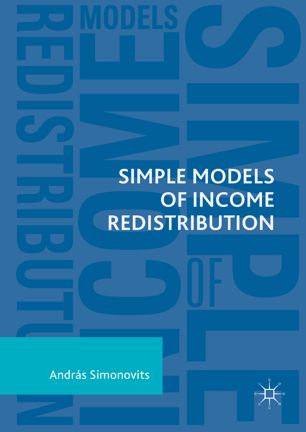

Most ebook files are in PDF format, so you can easily read them using various software such as Foxit Reader or directly on the Google Chrome browser.
Some ebook files are released by publishers in other formats such as .awz, .mobi, .epub, .fb2, etc. You may need to install specific software to read these formats on mobile/PC, such as Calibre.
Please read the tutorial at this link: https://ebookbell.com/faq
We offer FREE conversion to the popular formats you request; however, this may take some time. Therefore, right after payment, please email us, and we will try to provide the service as quickly as possible.
For some exceptional file formats or broken links (if any), please refrain from opening any disputes. Instead, email us first, and we will try to assist within a maximum of 6 hours.
EbookBell Team

0.0
0 reviewsThe rising role of intra- and intergenerational transfers (e.g. basic income, child benefit and public pensions) characterises modern economies, yet most models depicting these transfers are too sophisticated for a wider but mathematically trained audience. This book presents simple models to fill the gap. The author considers a benevolent government maximizing social welfare by anticipating citizens’ shortsighted reaction to the transfer rules. The resulting income redistribution is analyzed for low tax morale, strong labor disutility and heterogeneous life expectancy. Key issues that the book addresses include the socially optimal pension contribution rate, retirement age, and redistribution programs. The author concludes by removing some strong restrictions and introducing median voter, incomplete information and dynamic complications.
The book will be of value for graduate students and researchers interested in public economics, especially in public and private pensions.